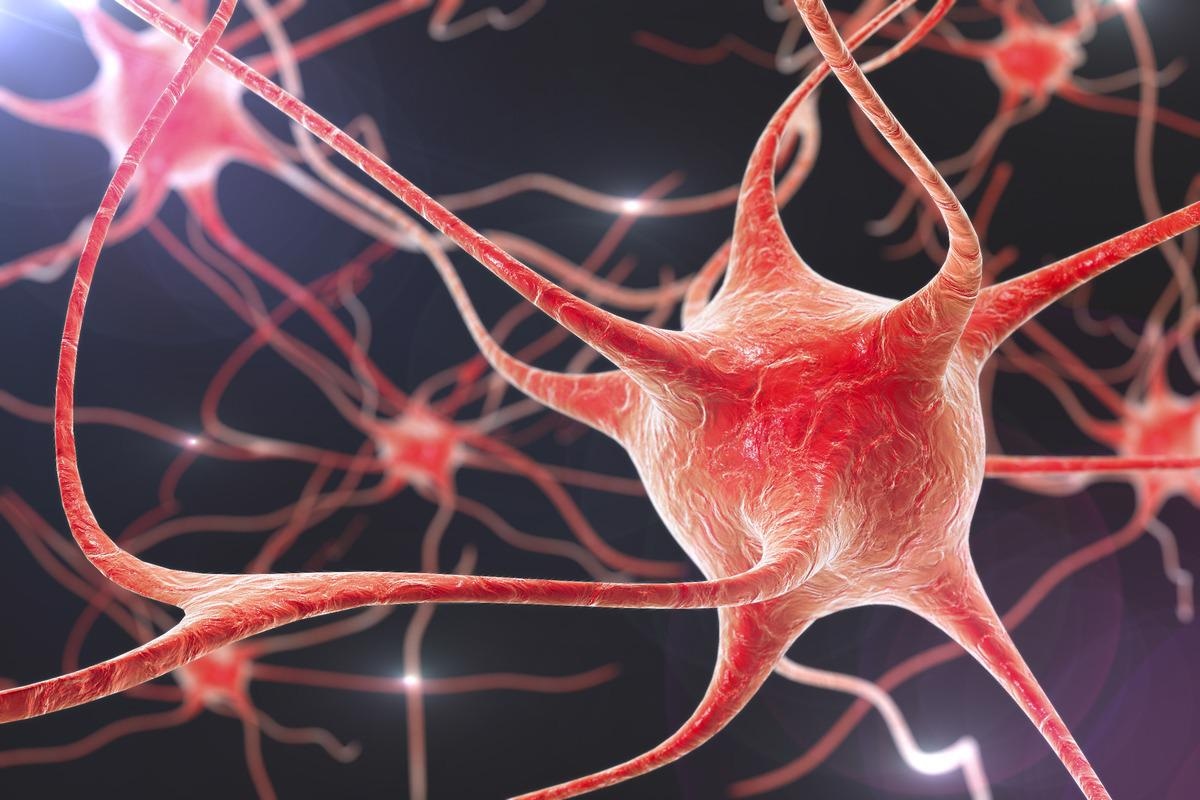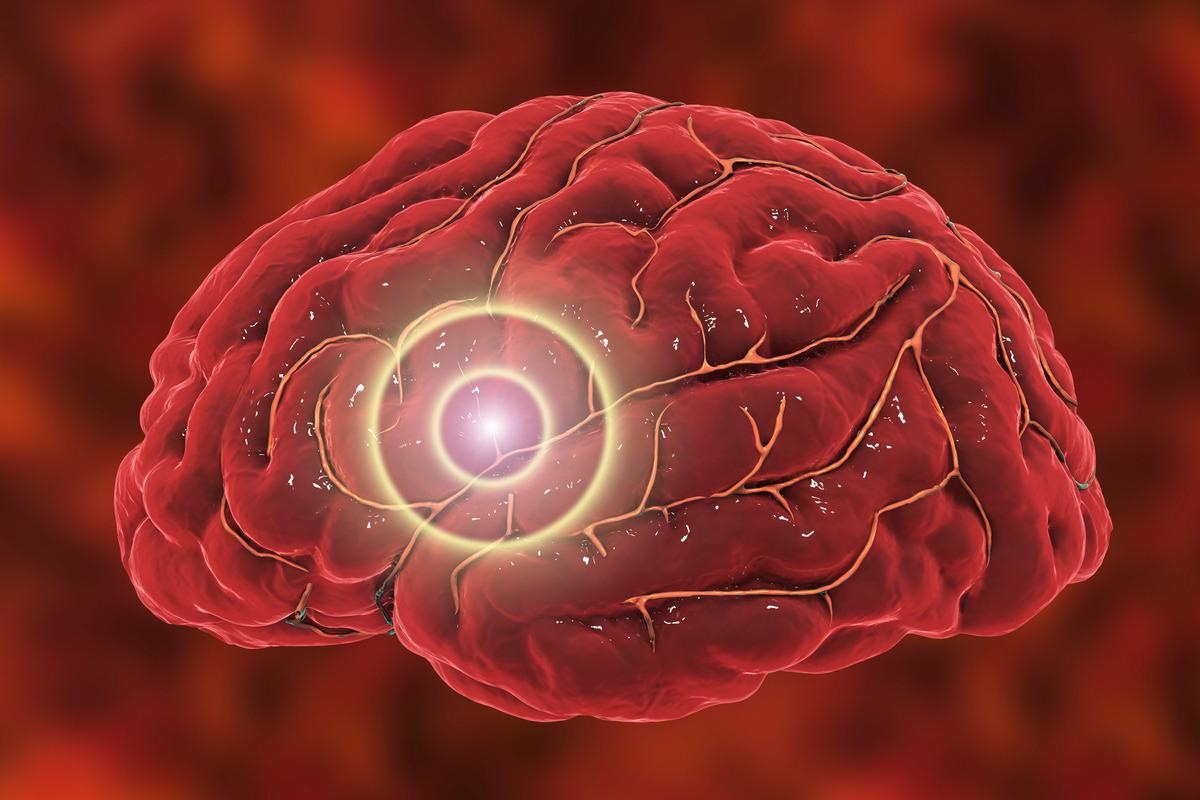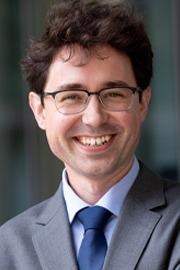 Interview conducted by Danielle Ellis, B.Sc.Feb 25 2022
Interview conducted by Danielle Ellis, B.Sc.Feb 25 2022In this interview, we speak to Dr. Ethan Winkler and Dr. Tomasz Nowakowski about their latest research which illustrated the interplay between vascular and immune cells that contributes to brain hemorrhage.
Please can you introduce yourself, tell us about your background within your respective fields, and what inspired your latest research?
Ethan Winkler, MD, Ph.D., is a neurosurgeon-scientist, having completed clinical training in neurological surgery and a Ph.D. focusing on cerebrovascular biology and the blood-brain barrier. He is clinically subspecializing in vascular neurosurgery. He is inspired to advance our understanding of human cerebrovascular diseases, such as stroke and arteriovenous malformations, through science to identify new translational therapies to improve the care of his patients.
Tomasz Nowakowski, Ph.D., is a scientist interested in neurodevelopment and defining cellular diversity in the human brain. His research group is inspired to understand how the human genome, a fundamental unit in biology, generates the cell types of the brain that supports its complex function and the creation of new molecular tools to uncover genetic control mechanisms underlying neurodevelopment and tissue organization in the cerebral cortex.
In your work, you began by analyzing cells in arteriovenous malformations. Can you describe the clinical significance of these structures and how you conducted your analyses?
Arteriovenous malformations (AVMs) are abnormal tangles of blood vessels that occasionally form in the brain. It results in pressured arterial blood being present in the venous system, so-called ‘shunting,’ and makes AVMs prone to rupture. Rupture of an AVM results in bleeding and a type of stroke called hemorrhagic stroke, a leading cause of stroke in young people. However, there are no medical therapies available for AVMs.
We obtained both normal human brain samples and AVMs from patients undergoing neurosurgery and specifically isolated the vasculature to perform these analyses. First, we established a cell census of the normal vasculature to serve as a reference. We then made systematic comparisons between the normal cerebrovasculature and AVMs for each cell type by leveraging this reference.
We also performed comparisons between AVMs at different stages of the disease, such as those which bled and those which did not, to hone in on cell populations that contribute to disease progression. Collectively, these analyses created a blueprint of cellular and molecular changes in AVMs, which may further guide the development of therapies.
As well as identifying new cell types, you also identified a population of immune cells that communicated with cells in diseases arteries. How has this finding changed the way we think about vascular disease?
With bleeding in the brain, the arteries are assumed to be weakened, but how they become structurally compromised is still an active area of investigation. A lot of vascular research focuses on the vascular cells themselves. While it’s been suspected that the immune system may contribute to bleeding, we found it quite surprising that the contributing cells were so highly specialized to a specific subtype of monocytes. In other words, the problem may not be with the vascular cells themselves but rather the product of highly specific interactions with immune cells.
Based on these findings, we hope that targeting these specialized immune cells, which are easily accessible in the bloodstream, could offer therapeutic promise while avoiding some of the challenges of targeting vascular cells in the brain – such as the blood-brain barrier.

Image Credit: Kateryna Kon/Shutterstock.com
What is the current state of vascular disease treatment, and how may your findings lead to the development of new therapeutics?
For most vascular causes of hemorrhagic strokes, such as AVMs or aneurysms, available treatments are limited to invasive procedures – such as surgery, endovascular embolization, or radiosurgery. There are presently no medical therapies for AVMs. Our ultimate goal is to develop an effective therapy to shrink or obliterate an AVM, which is highly specific and does not have consequences in the surrounding brain or normal vasculature. Our findings provide a detailed blueprint with a comprehensive list of candidate pathways or molecular abnormalities to inform future therapeutic development. However, further works are needed to identify which of these targets may have greatest efficacy.
Neurovascular disease is one of the leading causes of death in the US. Do your findings have the potential to impact our current understanding and treatment of dementia?
Yes absolutely. Ethan received his Ph.D. studying vascular contributions to neurodegenerative diseases, such as Alzheimer’s and amyotrophic lateral sclerosis. There is a growing appreciation of vascular contributions to dementia. We hope that our cell atlas provides refined molecular definitions to better study or target vascular cells in dementia and may be used to understand the molecular underpinnings of selective vascular cell vulnerabilities in various forms of dementia.
Your work has contributed to the Human Cell Atlas. What impact will having a cell reference map for the whole human body have on medical science?
We think having a cell reference map for the whole human body will have a tremendous impact in providing a new mechanistic understanding of alterations in human diseases. In addition, understanding how to target different cell populations within an organ or between organs has very valuable therapeutic implications.
What unique contributions does your work make to the Human Cell Atlas?
Prior efforts to create a cell atlas of the human brain have largely overlooked the brain’s vasculature due to biases in cell isolation. The human cerebrovasculature is of vast medical importance for the diseases that affect it and the critical role it plays in neurologic function. The cerebrovasculature also serves as an important obstacle to treating nearly all brain diseases through specialized properties like the blood-brain barrier. Understanding its cellular complexity opens the door to many new avenues of research, such as understanding how vascular cells may vary in different brain regions or how they contribute to a myriad of different diseases.

Image Credit: Kateryna Kon/Shutterstock.com
How do you believe your work will impact the field of vascular disease research?
Resources such as our cell atlas are urgently needed to expand our mechanistic understanding of cerebrovascular disorders and identify potential therapeutic candidates unbiasedly. We believe this is a great first step forward and provides a valuable resource to researchers worldwide to help accelerate additional studies better characterizing the cerebrovasculature in other brain regions and other cerebrovascular diseases.
This work involved collaboration between individuals from different scientific disciplines. How important was this collaboration to the outcome of your work?
This was a beautiful example of the interplay between neurosurgeons and scientists. By formulating such a cohesive, multi-disciplinary team, we could leverage unique access to the human brain and valuable clinical perspective when defining potentially translatable therapeutic targets. At the same time, the tremendous scientific expertise allowed for rapid adaptation of new molecular tools and advanced computational analytics. The vibrant discussions between clinicians, clinician-scientists, and scientists provided for in the unique environment of the UCSF Weill Institute of Neurosciences really allowed us to answer relevant questions with state-of-the-art technologies to provide this unique resource for the scientific and clinical communities.
The link between the immune system and different bodily systems is an emerging trend in medical science. Do you believe more collaboration between different scientific disciplines and a more integrative approach to disease research is required for the continued progress of medical science?
Absolutely. Many of the greatest discoveries occur at the interface of scientific fields. Unique perspectives from different fields are essential to allow one to view disease processes or scientific questions from different lenses to facilitate progress. Clinicians and scientists are trained very differently and place importance on different aspects of investigation. Our opinion is that a vibrant, multi-faceted exchange leads to the best translational potential in medical science.
What’s next for you and your research?
We are really interested in further understanding what our findings mean mechanistically for the development of cerebrovascular pathologies, most notably vascular malformations, and exploring our candidate targets to design efficacious therapies that may one day be translated back for the betterment of our patients.
Where can readers find more information?
About Dr. Ethan Winkler
Ethan Winkler, MD, PhD, is a neurosurgeon-scientist who is subspecialized for the treatment of cerebrovascular disorders. He completed both an MD and PhD at the University of Rochester School of Medicine and Dentistry. His graduate thesis work investigated vascular contributions to neurodegenerative diseases, such as Alzheimer’s Disease and amyotrophic lateral sclerosis, with an emphasis on defining the function of brain pericytes. He subsequently completed both neurosurgical residency training and post-doctoral fellowships at the University of California San Francisco. He is currently a fellow in Endovascular Surgical Neuroradiology at Barrow Neurological Institute and Research Associate in the UCSF Weill Institute of Neuroscience.
He completed both an MD and PhD at the University of Rochester School of Medicine and Dentistry. His graduate thesis work investigated vascular contributions to neurodegenerative diseases, such as Alzheimer’s Disease and amyotrophic lateral sclerosis, with an emphasis on defining the function of brain pericytes. He subsequently completed both neurosurgical residency training and post-doctoral fellowships at the University of California San Francisco. He is currently a fellow in Endovascular Surgical Neuroradiology at Barrow Neurological Institute and Research Associate in the UCSF Weill Institute of Neuroscience.
He is interested in leveraging his unique access to the human brain to investigate cellular contributions to cerebrovascular diseases with special focus on vascular malformations. It is his long-term goal to develop highly effective and safe translational therapies to fill in vital gaps in available treatment modalities and improve outcomes in patients with vascular malformations, aneurysms, or stroke.
About Dr. Tomasz Nowakowski
Tomasz Nowakowski, PhD, is a scientist with focus on studying neurodevelopment.  He completed his PhD from the University of Edinburgh and subsequently completed a postdoctoral fellowship in the Eli and Edythe Broad Center for Regeneration Medicine and Stem Cell Research at the University of California San Francisco. His fellowship work used single-cell RNA sequencing to study the heterogeneity of cellular populations in the developing brain and discovered biomarkers of outer radial glia.
He completed his PhD from the University of Edinburgh and subsequently completed a postdoctoral fellowship in the Eli and Edythe Broad Center for Regeneration Medicine and Stem Cell Research at the University of California San Francisco. His fellowship work used single-cell RNA sequencing to study the heterogeneity of cellular populations in the developing brain and discovered biomarkers of outer radial glia.
He is now Assistant Professor in Anatomy, Psychiatry, and Neurological Surgery at the University of California San Francisco Weill Institute of Neuroscience as well as an investigator in the Chan Zuckerberg Biohub. His group actively seeks to uncover genetic control mechanisms underlying neurodevelopment events and tissue organization in the cerebral cortex with the goal of identifying selective patterns of cell vulnerability in neurodevelopmental and neuropsychiatric disorders, such as Autism and Schizophrenia.